Retina Support: Photoreceptors
Photoreceptors Treatment Connective Tissue Hole / Wrinkle in the macula Sugar balance Vitamin A
A number of inherited eye problems in the retina arise from mutations or dystrophy of the photoreceptors - the rods and cones of the eyes or the retinal pigment epithelium (RPE).
- Cones are the photoreceptor cells which allow us to see fine details and color and comprise our central vision. Different types of cones absorb different wavelengths of light: blue (420nm), green (531nm), and red (588nm). This also gives us a clue as to why color blindness exists - one or more of these types of cones may function poorly.
- Rods allow us to see in low light conditions and provide peripheral vision.
Vitamins
& Supplements
Not sure which to get?For help call us at 845.475.4158
Complete Product List
Discount Packages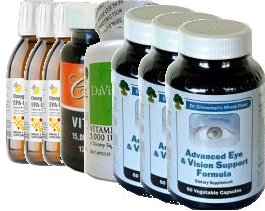 Retinal Support RP Package 1 (3 month supply) Retinal Support RP Package 1 (3 month supply)Antioxidant combo & extra Vitamin A 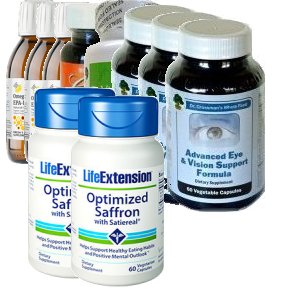 Retinal Support RP Package 2 (3 month supply) Retinal Support RP Package 2 (3 month supply)Targeted high quality antioxidants to help support the retina and protect photoreceptor cells from damage. |
Essential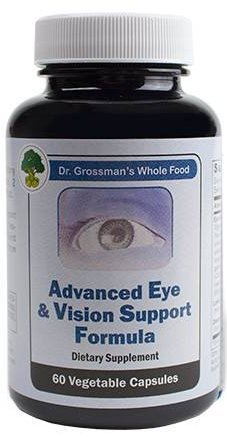 Advanced Eye & Vision Support Formula (whole food) 60 vcaps Advanced Eye & Vision Support Formula (whole food) 60 vcapsWhole food, wild crafted herbal vegetarian formula with vision antioxidants, chemical- and preservative-free. |
Essential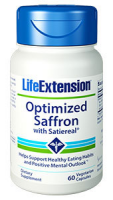 Optimized Saffron w/ Satiereal® 60 vcaps Optimized Saffron w/ Satiereal® 60 vcapsSource of carotenoids, antioxidants safranal and crocin. |
Very Important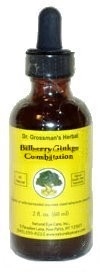 Dr. Grossman's Bilberry/Ginkgo Combination 2oz (60ml) Dr. Grossman's Bilberry/Ginkgo Combination 2oz (60ml)Bilberry/Ginkgo Wild crafted extract formula. |
Very Important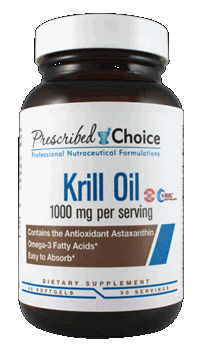 Krill Oil, 1000mg 60 softgels Krill Oil, 1000mg 60 softgelsHigh quality omega-3 fatty acid formula with astaxanthin. |
Very Important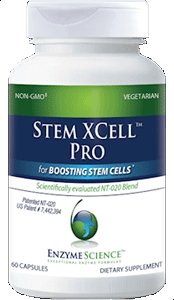 Stem Xcell Pro 60 Capsules (E00688) Stem Xcell Pro 60 Capsules (E00688)Formula designed to promote and support stem cell activity. |
Very Important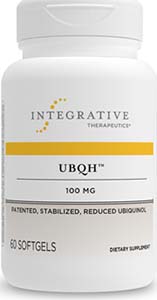 UBQH 100mg 60 softgels UBQH 100mg 60 softgelsGMO free bioactive form of CoQ10. |
Very Important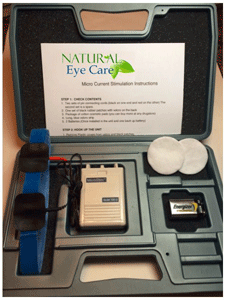 Microcurrent Stimulation 100ile Purchase Option Microcurrent Stimulation 100ile Purchase OptionHelps improve circulation & reduce waste build-up. |
Very Important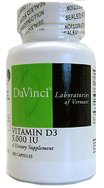 Vitamin D3 5000 IU 120 vcaps Vitamin D3 5000 IU 120 vcapsVitamin D3 5000 IU per capsule |
Very Important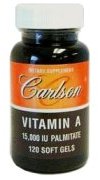 Vitamin A Palmitate capsules Vitamin A Palmitate capsulesFor night & color vision, cornea & tear production. |
Very Important Krill Oil, 1000mg 60 softgels Krill Oil, 1000mg 60 softgelsHigh quality omega-3 fatty acid formula with astaxanthin. |
The genetic code controls the protein-based molecules of pigment in the photoreceptor cells, called rhodopsin in the rods and iodpisin in the cones. Mutations which are primarily inherited can cause formations of deposits called bone "spicules" on the retina, or cause the photo receptors to deteriorate. 25% to 30% of photoreceptor defects are caused by mutations in the rhodopsin gene.
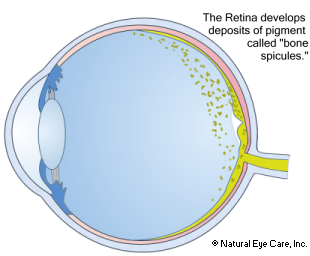
Some mutations of the photoreceptors begin in childhood, others may develop later in life.
Conventional Treatment
Retinal photoreceptor mutations and dystrophy are considered incurable, however gene therapy and stem-cell therapy show some promise although the research is mixed. Visual field testing is used to reveal abnormalities. Future treatments may involve gene therapy (some of which already have "orphan drug" status - for drugs that treat rare diseases), artificial retinal implants, retinal transplants, stem cells, nutritional supplements, and/or drug therapies. A 2012 animal study replaced photoreceptor cells where no host cells remained with transplanted rod precursor cells that reformed an anatomically distinct photoreceptor layer.14
Gene therapy
Recessive RP. Gene therapy addressing recessive RP MERTK gene mutations17, 18 and autosomal dominant retinitis pigmentosa19 is or will soon be under trial. Other gene therapy research finds that non-functioning cone cells can be regenerated.20
Drug therapy
The FDA-approved drug valproic acid shows potential for people with dominant forms of RP.21 but several researchers note that it may be harmful for people in cases such as non-dominant RP.22, 23 Other drugs that are being researched are synthetic retinoid and mitochondrial support compounds.24
Complementary Approach
Successful approaches are not limited to therapies you choose or to the drugs you decide to take; they can also include what drugs not to take. Case in point: do not take impotence drugs such as Viagra. Viagra obstructs an enzyme that sends light signals from the retina to the brain. Doctors have known for several years that it could cause temporary vision problems in healthy men, but a new Australian study found that its effects could be permanent. The study shows that sildenafil (Viagra) may cause permanent damage.16
The progression of this condition may be reduced by the daily intake of vitamin A palmitate.13 Studies have demonstrated that proper vitamin A supplementation can postpone blindness due to retinitis pigmentosa by up to 10 years. However, its use may not be effective in some forms of RP and should be supervised by an ocular professional.25
Vitamin A is contraindicated for those with Stargardt's disease (which can cause retinitis pigmentosa) and pregnant women.
Other studies have shown supplementing with nutrients such omega-3 fatty acid, DHA, lutein, zeaxanthin, saffron, vitamins E, C and alpha lipoic acid can help preserve vision.
- A specific acupuncture protocol developed for retinitis pigmentosa shows promise in improving dark adaption, visual field and visual acuity. See the research on acupuncture and retinitis pigmentosa15.
- Following these eye support recommendations can help manage healthy vision.
- Some research indicates that daily use of microcurrent stimulation may help preserve vision as well.
Related Conditions
Eye conditions where the rod and cone photoreceptor cells are negatively affected include: Leber's amaurosis, retinitis pigmentosa, Usher syndrome, Cone-Rod dystrophy, and Batten's disease.
Research
There is extensive research on nutrients such as vitamin A, lutein, zeaxanthin and bilberry among others that have been shown to be essential for the health of the rod-cone structures. Based on these studies, Dr. Grossman has selected specific nutrients and products to help support this part of the eye and overall eye health. Some research on macular degeneration or retinitis pigmentosa may be applicable.
Footnotes
13. Research on Vitamin A (2004), DHA, Omega-3 Fatty Acid and Retinitis Pigmentosa,
Vitamins A / E (1993) & Retinitis Pigmentosa
14. Reversal of end-stage retinal degeneration and restoration of visual function by photoreceptor transplantation, Singh, et al, Proceedings of the National Academy of Sciences, January, 2013.
15. Ava K. Bittner, OD, PhD, Jeffrey M. Gould, MEd LAc, Andy Rosenfarb, ND LAc, et al., A pilot study of an acupuncture protocol to improve visual function in retinitis pigmentosa patients, Clinical and Experimental Optometry, May, 2014
16. L. Nivison-Smith, et al., Sildenafil alters retinal function in mouse carriers of retinitis pigmentosa, Experimental Eye Research, November, 2014.
17. Foundation Fighting Blindness. <2015). Retinitis Pigmentosa Research Advances. Retrieved Mar 27 2018 from https://www.blindness.org/sites/default/files/pages/pdfs/Advances-RP-June-2015.pdf.
18. Clemson, C.M., Tzekov, R., Krebs, M., Checchi, J.M., Bigelow, C., et al. (2011). Therapeutic potential of valproic acid for retinitis pigmentosa. Br J Ophthalmol, Jan;95(1):89-93.
19. Ibid. Foundation Fighting Blindness. (2015).
20. Ibid. Foundation Fighting Blindness. (2015).
21. Ibid. Foundation Fighting Blindness. (2015).
22. Sisk, R.A. (2012). Valproic acid treatment may be harmful in non-dominant forms of retinitis pigmentosa. Br J Ophthalmol, Aug;96(8):1154-5.
23. Todd, L., Zelinka, C. (2017). Valproic Acid for a Treatment of Retinitis Pigmentosa: Reasons for Optimism and Caution. J. Neurosci, May 24;37(21):5215-5217.
24. Ibid. Foundation Fighting Blindness. (2015).
25. Athanasiou, D., Aguila, M., Bellingham, J., Wenwen, L., McCulley, C., Reeves, P.J., et al. (2018). The molecular and cellular basis of rhodopsin retinitis pigmentosa reveals potential strategies for therapy. Prog Retin Eye Res, Jan;62:1-23.
Retinitis pigmentosa Treatment Connective Tissue Hole / Wrinkle in the macula Sugar balance Vitamin A
 info@naturaleyecare.com
info@naturaleyecare.com



 Home
Home



 Vision
Vision Vision
Vision



 Health
Health Health
Health Research/Services
Research/Services Pets
Pets About/Contact
About/Contact


